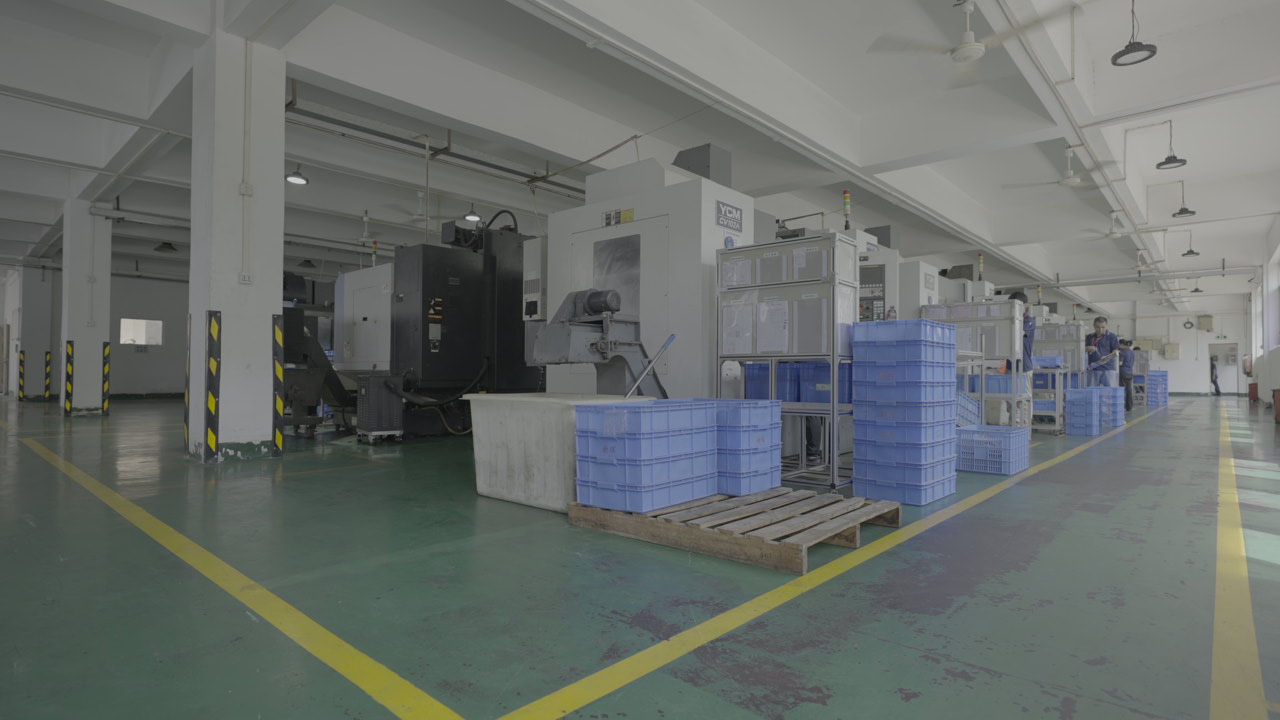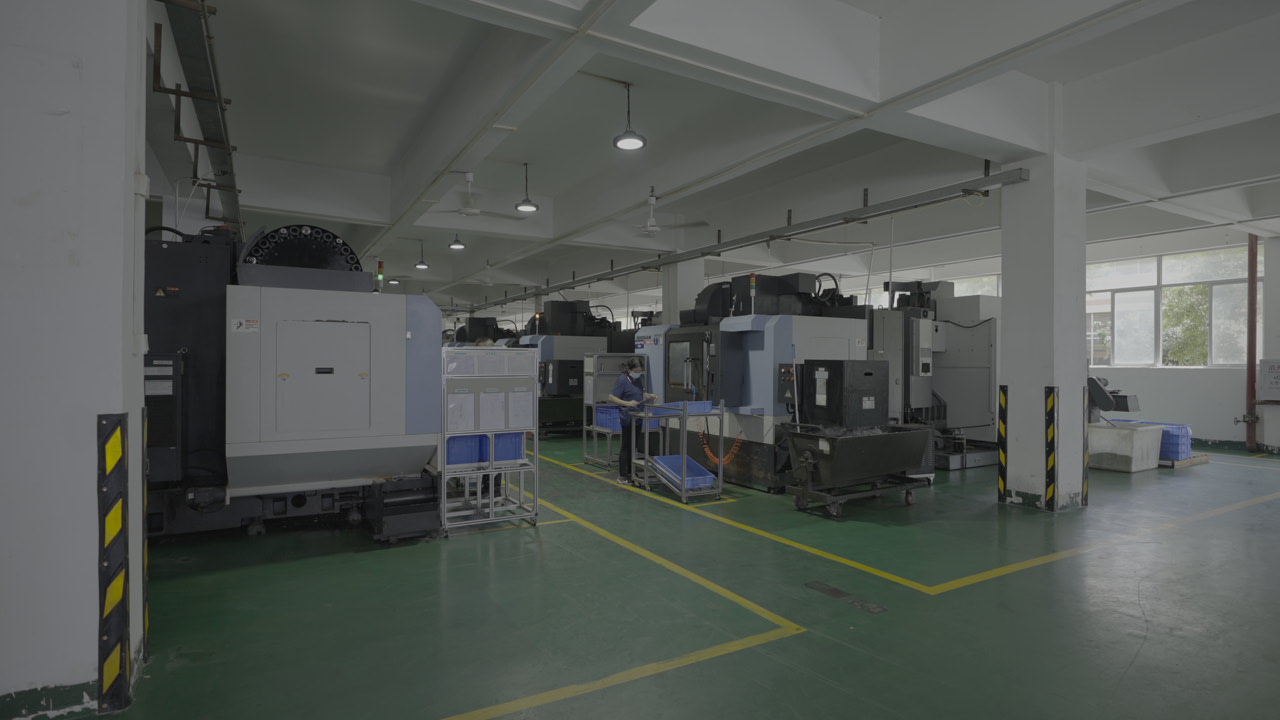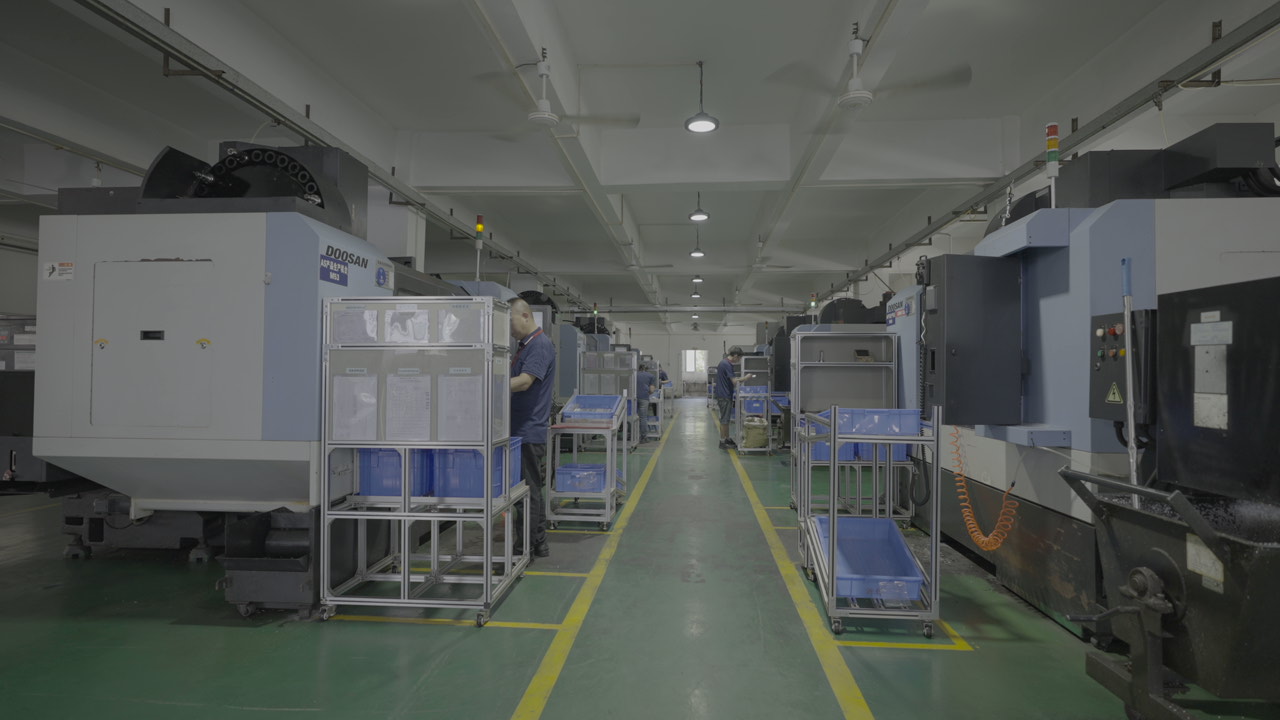CNC (computer numerical control), also called Numerical control. It refers to the automatic control of machining tools and 3D printers through computers. A machine using CNC will complete the manufacturing process of a piece of raw material (metal, wood, plastic, ceramic, composite material) according to the written program without human intervention. Machine tools that adopt numerical control are called CNC machine tools.
In modern computer numerical control systems, the design of workpieces is highly dependent on software such as computer-aided design and computer-aided manufacturing. Computer-aided manufacturing software analyzes the design model and calculates the movement instructions during processing. The post-processor converts the movement instructions and other auxiliary instructions that need to be used during the processing into a format that can be read by the numerical control system, and then the post-processor The generated files are loaded into the computer numerical control machine tool for workpiece processing.
After the program instructions are input into the memory of the numerical control system, they are compiled and calculated by the computer, and the information is transmitted to the driver to drive the motor through the displacement control system to cut and process the designed part.
History of CNC
The concept of numerical control working machine originated in the United States in the 1940s. When producing helicopter propellers, a lot of precision processing is required. At that time, the US Air Force commissioned mechanical engineers to meet this demand. In 1947, John T. Parsons began to use the computer to calculate the cutting path of the bed. In 1949, the Massachusetts Institute of Technology was commissioned by the US Air Force and began to study numerical control based on the concept of Parsons.
In the 1950s, the first numerical control working machine came out. The machine factory invested a lot of effort in the digital control system for the needs of the US Air Force, especially focusing on the contour cutting and milling machine. Parsons and the Massachusetts Institute of Technology, combined with the numerical control system and Cincinnati's milling machine, developed the first CNC machine tool. In 1958, Kearney & Trecker successfully developed a machining center machine with an automatic tool changer. MIT has also developed automatic programming tools. In 1959, Fujitsu of Japan made two major breakthroughs for numerical control: the invention of a hydraulic pulse motor and a pulse tweening circuit with algebraic calculation method. This speeds up the progress of numerical control.
From 1960 to 2000, the numerical control system was extended to other metal processing machines, and the numerical control machine tool was also applied to other industries. Microprocessors are applied to numerical control to greatly improve functions. This type of system is called computer numerical control. During this period, new fast, multi-axis machine tools appeared. Japan successfully broke the traditional machine tool spindle form, moved the machine spindle with a spider-like device, and controlled it with a high-speed controller. It is a fast, multi-axis machine tool.
Japan has accomplished many achievements in the development of computer numerical control machine tools in the world. In 1958, Makino and Fujitsu cooperated to produce Japan's first milling machine. In 1959, Fujitsu made two major breakthroughs: the invention of a hydraulic pulse motor (electro-hydraulic servo motor) and a pulse tweening (interpolation) circuit using algebraic calculations. This speeds up the progress of numerical control. In 1961, Hitachi Kogyo completed its first machining center machine and added an automatic tool changer in 1964. Beginning in 1975, Fanuc (Chinese translation: FANUC, independent of the CNC department of Fujitsu) company's mass production and sales of computer numerical control machine tools occupied a considerable international market. In recent years, Japan has successfully developed fast, multi-axis machine tools. In 2012, Japan continued to maintain its position as the champion of machine tool exports with 9 billion euros, and German machine tools ranked second with 8.1 billion euros. The third, fourth and fifth are Italy, Taiwan and Switzerland respectively. China ranks eighth behind South Korea and the United States, with an export value of 1.5 billion euros.
It is worth noting that although the size of the machine tool industry in the United States is not large compared to Germany, Japan, Taiwan, Switzerland, and Italy, and there is even no representative machine tool brand, the main reason is that most of the machine tools in the United States are used in the United States. And most of them are arms-related, so exports are strictly controlled in terms of quantity and technology.
History of CNC in China
The development of computer numerical control in mainland China began in 1958. In February 1958, the first CNC machine tool was successfully trial-produced in Shenyang No. 1 Machine Tool Plant. This is a 2-axis lathe, controlled by a program distributor and developed by Harbin Institute of Technology. In September of the same year, the first real CNC milling machine was developed in cooperation with Tsinghua University and Milling Machine Research Institute and was successfully trial-produced in Beijing No. 1 Machine Tool Factory.
In 2009, Wuzhong Group exported three CNC super-heavy-duty machine tools (XK2645 CNC gantry mobile boring and milling machine, FB260 CNC floor milling and boring machine and CKX5280 CNC double-column vertical milling lathe) to the UK. [2]
China is currently the world’s largest producer of machine tools, with an output value of 14.7 billion euros in 2012, accounting for 22% of global output. However, there is no competitive brand for digital controllers in mainland China. Machine tool manufacturers and scientific research units in mainland China use Germany almost exclusively, Japan and Taiwan’s digital controller.





